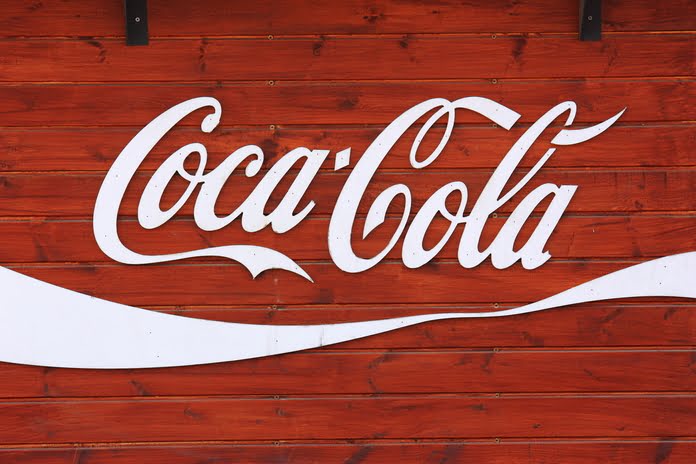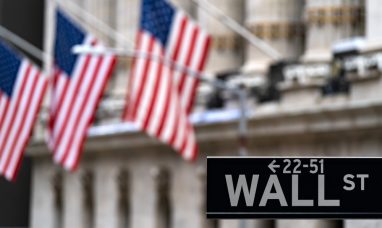The Coca-Cola Company (NYSE:KO) stock beat the S&P 500 in 2022. In an October panic selloff, the market sent weak holders sprawling, from which the leading non-alcoholic beverage company recovered admirably. As a result, Coca-Cola stock posted a nearly 11% total return versus S&P 500’s 1.2% gain, as investors avoided higher-risk names in the index in favor of the security of Coca-Cola’s business model.
Investors should consider whether Coca-Cola’s near-term upside has been reflected in its 10-year total return CAGR of 8.5%. Regardless, we understand that income investors rely on the consistency of Coca-Cola’s dividend streams and need more clarification about specific entry levels.
However, investors who chose the lows in October should now understand why picking the right levels to add can lead to outperformance with improved reward/risk. As a result, we advise investors to be patient with Coca-Cola, expecting another significant drop to add more exposure.
Coca-Cola Expects to Continue Performing Well
In a recent Redburn conference, the company stated that it expects to continue performing well despite worsening macroeconomic headwinds. Notably, it stated that the dollar’s strength had hampered its growth momentum because the company prices in their respective local currencies.
As a result, the rise in the Dollar Index in 2022 has hampered the company’s momentum, with revenue growth expected to slow to 10.6% from 17.1% in 2021. Normalcy should be expected as Coca-Cola recovers from its 2020 pandemic woes. Furthermore, given its nearly 63% ex-US revenue exposure, such a performance is quite impressive.
Furthermore, forex headwinds will be less significant in the future, with the Dollar Index down more than 8% from its September highs. As a result, it should support the company’s long-term growth trajectory of achieving the top end of its 4% to 6% organic revenue growth range.
New Coca-Cola investors should be aware that the company follows an asset-light strategy, which we discussed in one of our articles. As a result, management focuses on top-line growth to increase operating leverage. Furthermore, as CEO James Quincey said, the company has multiple levers to improve profitability and drive operating leverage, the primary driver for profit growth is the top line.
We have been impressed by the company’s ability to innovate. Quincey divides its brand portfolio into four categories, with its flagship Coke brand occupying the “gold-medal position.” Experimental brands are the smallest bucket, where it continues to learn and gather critical market and competitive information on its brand positioning.
As a result, the company is well-positioned to maintain its leadership position among its peers.
Coca-Cola Stock Is No Longer Cheap
Regardless, the key question is whether the current levels still represent an appealing opportunity for investors to consider adding.
Coca-Cola stock last traded at a 21.5x NTM EBITDA multiple, well above the 10.4x median of its peers (according to S&P Cap IQ data). While some Coca-Cola bulls may argue that the premium is justified, the stock valuation is no longer cheap in comparison. Furthermore, its NTM dividend yield of 3% is lower than the 10Y average of 3.22%.
The price action of Coca-Cola suggests that the rally from its October lows has likely captured its near-term upside, as evidenced by its valuations. While we do not expect it to return to its October lows, a pullback will allow investors who missed the recent lows to increase their potential upside.
As a result, we advise investors to be patient for the time being.
Featured Image: Megapixl @ Multilisks
















